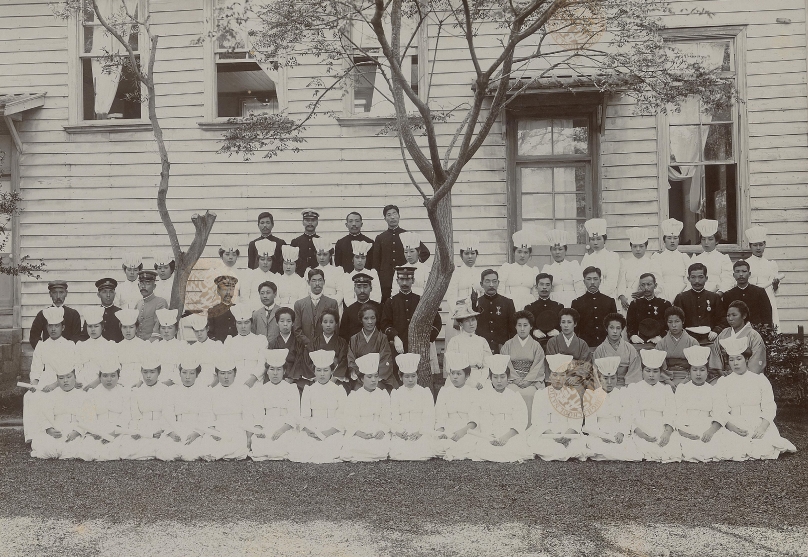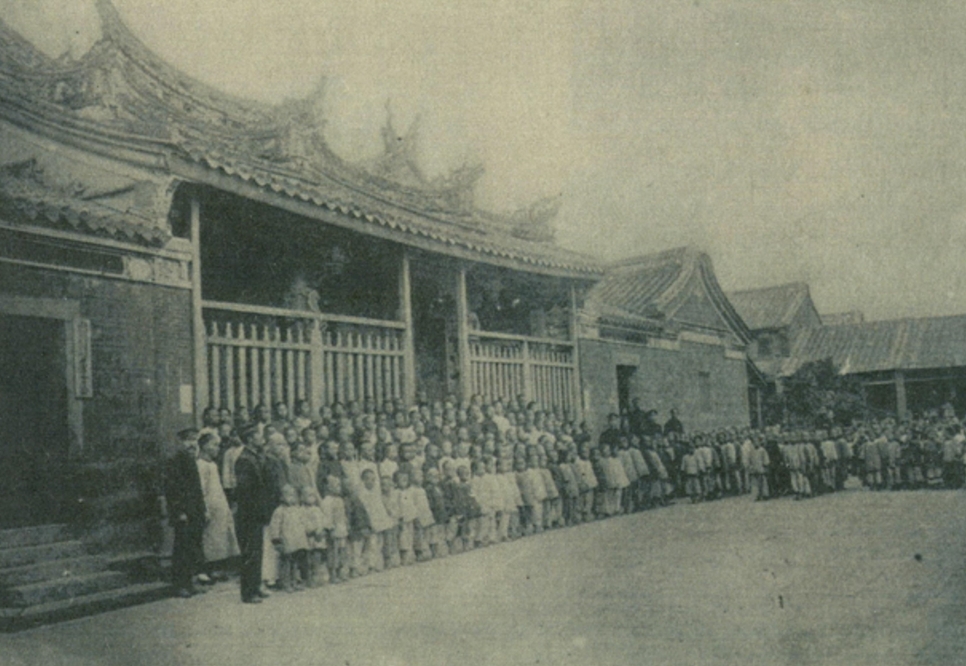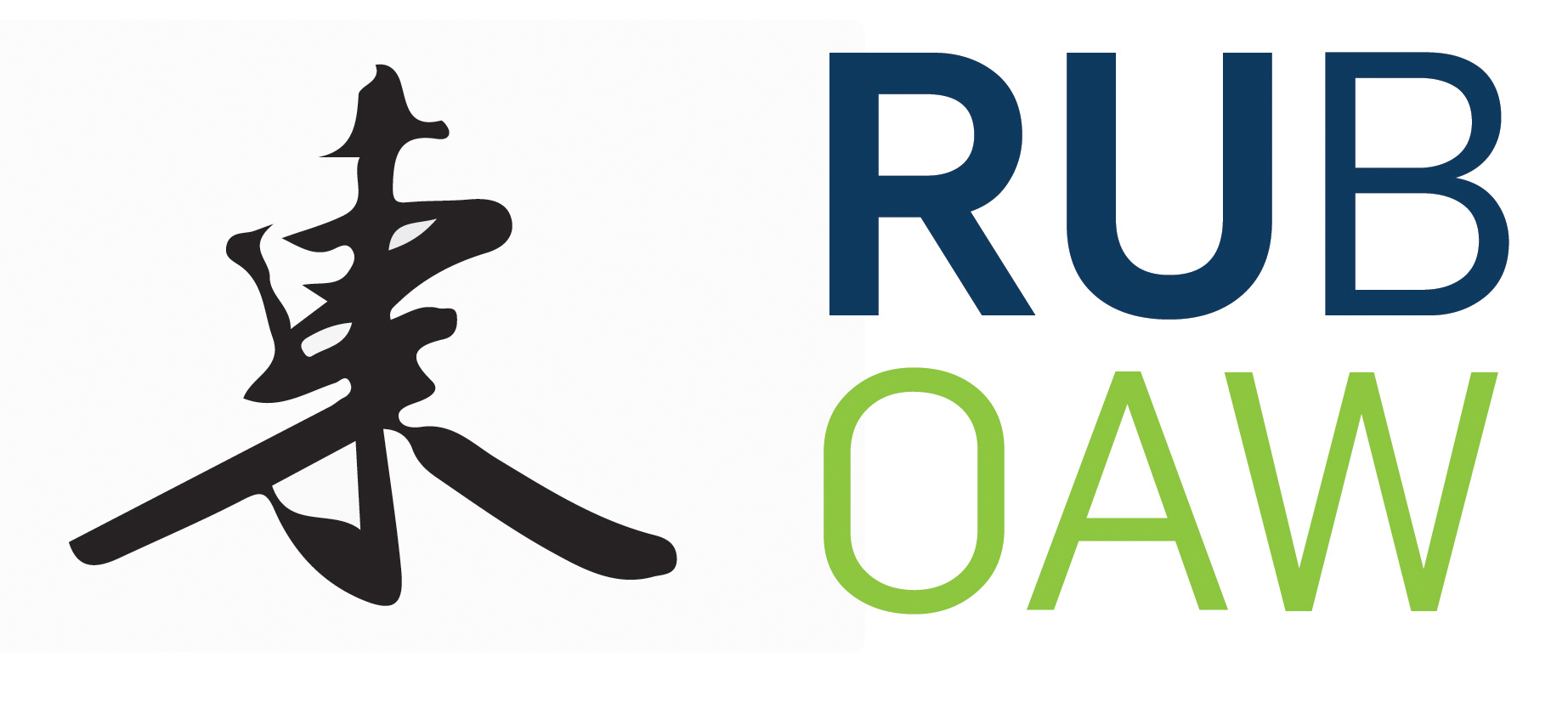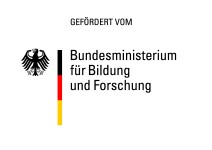Motor of Modernity. Education in Taiwan, 1900 - 1950
Photo exhibition of the Taiwan Research Unit TRU
30.9.-15.11.2024

Graduates of the nurse training program at Taipei Hospital, 1910. Source: Takagi Tomoe Collection, photograph A 003

Students and teachers in front of the language school in the ancestral temple Qingshui, in the suburb Bangka of Taipei, ca. 1909. Source: Album for the 30th anniversary of the Taipei Teacher Training College
Exhibition opening: Monday, 30.9.2024, 5 pm, Floor 1 / Room 09
Modern education in Taiwan - beginnings and developments
In cooperation with the Taiwan Research Unit, Faculty of East Asian Studies, Bochum University Library is presenting the photo exhibition “Motor of Modernity - Education in Taiwan 1900 - 1950”.
In just half a century, Taiwan has undergone an impressive transformation from a marginalized area without a state education system to an up-and-coming region with modern schools and universities. A team from the Taiwan Research Unit selected the photographs as part of two research projects and provided them with explanations.
The exhibition opening will take place as part of the international TAP workshop “Digital Teaching and Digital Humanities in Taiwan Studies”, which will be held at Ruhr University Bochum from September 30 to October 2, 2024. The curators of the exhibition, Christine Moll-Murata, Hsu Yu-yin, and Chien Hung-yi will give short introductions in German and English to the posters on display.
The exhibition can be viewed during regular opening hours.
Admission is free.
In 1895, the island of Taiwan, which had been under the rule of the Qing Dynasty since 1683, became part of the Japanese colonial empire. From then on, the Taiwanese population was expected to identify with Japan.
In order to achieve this, an education system was set up that functioned as a core element of colonial modernity on Taiwan. It was innovative in that there had been neither compulsory education nor vocational training under state supervision before the colonial era. After the end of the war in 1945, the Chinese National People's Party (KMT) took power over Taiwan. The educational institutions were given a new mission, but in some respects followed the Japanese model.
The exhibition uses photos from two archives to document snapshots of these educational initiatives in primary, secondary and higher education as well as vocational training.
On the one hand, the archive of the Japanese doctor and second director of Taipei Medical School, Takagi Tomoe (1858-1943), which is being processed as part of the BMBF project “Taiwan as a Pioneer” (TAP), is presented.
Photographs of the first language and teacher training college, now the National Taipei University of Education (NTUE), will also be on display. These are the focus of a joint digitization project by NTUE and RUB, which is funded by the Chiang Ching-kuo Foundation.
Text: Christine Moll-Murata
The exhibition is one of the Bochum-based results of the cross-institutional BMBF research project Taiwan as Pioneer TAP. TAP is an interdisciplinary and supra-regional postdoctoral joint project for the promotion, structural strengthening and networking of Taiwan research between the universities of Trier, Tübingen and Ruhr University Bochum.
Important partners for this exhibition are the National Taipei University of Education (NTUE), which provides one of the photo collections, and the Chiang Ching-kuo Foundation, which supports the digitization project of the NTUE photo collection in cooperation with RUB and the East Asia Department of the Berlin State Library.
![]()



